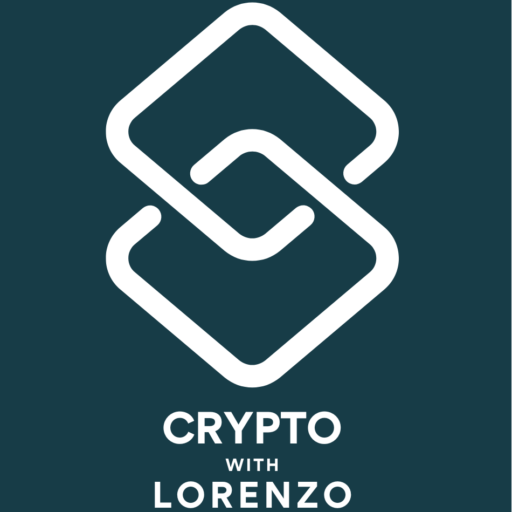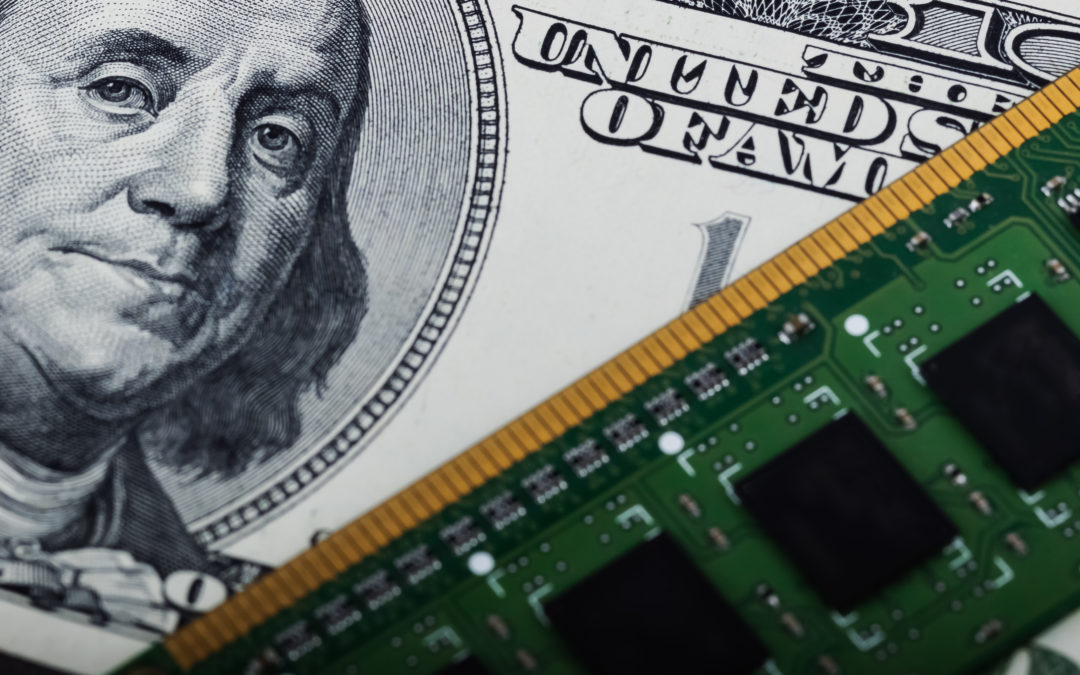With the rise of stablecoins in recent years and more crypto exchanges offering lending and staking rewards, individuals can earn more money by holding funds on a crypto exchange rather than a typical bank.
It’s common to see annual percentage yields (APYs) of over 8% and, in many cases, >10%.
Best of all, you don’t have to use centralised exchanges. Automated market markers (AMMs) such as Aave allow you to lend and borrow Ethereum, ERC-20 tokens, and stablecoins (almost all of which run on Ethereum) via a non-custodial wallet.
However, there are important considerations to make before exploring these options.
A major caveat
Despite the higher interest rates on offers through these schemes, there’s usually a risk that stablecoins held in a wallet — particularly those you fully control by using an AMM or similar decentralised protocol — won’t be covered in the event of the loss.
Not even reputable centralised exchanges are covered by FDIC insurance for their stablecoin balances. Coinbase, one of the most regulated exchanges in the USA, let alone the world, mentions this about USDC, the second-largest stablecoin by market cap:
“USDC is not legal tender. USDC is a digital currency. Coinbase has no right to use any USDC that you hold at Coinbase. Coinbase is not a depository institution, and your USDC balance is not a deposit account. Your USDC balance is not insured by the Federal Deposit Insurance Corporation (FDIC) or the Securities Investor Protection Corporation (SIPC).”
Coinbase > USDC Rewards FAQ
On the other hand, bank account holders in the USA are covered by Federal Deposit Insurance Corporation (FDIC) Deposit Insurance, which has been offering this coverage since 1933.
“The FDIC helps maintain stability and public confidence in the U.S. financial system. One way we do this is by insuring deposits to at least $250,000 per depositor, per ownership category at each FDIC-insured bank.”
FDIC
Developed countries such as the UK, Canada, Australia, Germany and other Western nations have similar arrangements with their respective central banks or governments, with varying degrees of coverage in one’s local currency.
Some would question how sensible it is to have vast sums sitting in a bank account (particularly with inflation in recent years) when there are different ways to put the money to good use, but that’s for you to decide.
Nonetheless, risk-averse people prefer this peace of mind and stability, even if they’re earning far less in interest than what is being offered for holding stablecoins.
Regulators are coming to crash the party
Don’t be surprised if you see slow progress in this field and a lack of exchanges offering support for this.
Some exchanges will be reluctant to offer lending options to their clients due to regulatory uncertainty.
Additionally, let’s not forget about the competition with traditional financial institutions. TradFi wouldn’t be pleased with innovative technology disrupting its business model to offer a better service at a more competitive price.
Where have I seen that before? Hmm…
Once crypto and stablecoin lending take off, conventional banks and government officials will pay attention and most likely impose restrictions to avoid losing too much market share.
It’s the same thing with Bitcoin and altcoins before 2018. Governments and most corporations had barely paid attention to this asset class before this gained traction and started posing a serious threat to other investment classes and the financial system, particularly when using a peer-to-peer decentralised protocol they cannot control.
Final thoughts
I imagine established banks will eventually offer stablecoin lending and borrowing services, albeit more tightly regulated options than USDT, USDC, and others. Moreover, we will most likely see ones pegged to a local currency before international options are provided.
With the current setup at the US Securities and Exchange Commission (US SEC), led by Gary Gensler, do not expect any crypto-friendly outcomes while he is at the helm.
Ideally, all regulated banks should offer BTC, ETH, and other (reputable) crypto assets for their clients alongside stablecoins — preferably ones pegged to gold and other precious metals instead of fiat currencies, which are looking increasingly precarious by the day.
Zimbabwe has reintroduced the gold standard by launching its newest form of legal tender, Zimbabwe Gold (ZiG). While I imagine other nations will follow El Salvador’s lead and adopt Bitcoin (BTC), keep an eye out for the gold standard to make a comeback in some countries, notably those with hyperinflation.
If anyone is thinking about central bank digital currencies (CBDCs), remember that these are not stablecoins. They’re government-controlled assets and are somewhat pointless (rather problematic, from a perspective of individual freedoms) when you consider most currency transacted nowadays is already digital. The existing system could be made more efficient without fully replacing cash.
More people are turning to BTC, ETH, and other reputable decentralised digital assets with controlled inflation rates and robust fundamentals, something that several fiat currencies have struggled with, particularly over the past 10 to 15 years.
Further reading and additional resources
Ways to support my work
• Check out this post for various affiliate links and promotions you can use to top up (or kick start) your crypto portfolio. By using these, I earn a small commission at no extra cost to you.
• All of my articles (including previous ones) are now published on Medium for anyone to read, including non-members. I welcome any crypto donations to support my work. Please use the following addresses to do so.
BTC — bc1qny59y95g4narcf4a7d3k9g7h54kc8jakj9t87a
ETH — 0xF4D51542Ed8bb769F87692e220Ea31932f184887
ADA —
addr1q9dkkzs8sfevxve72ttmtgthsdcddut86ssttlhn25t9qczmdv9q0qnjcvenu5khkksh0qms6mck04pqkhl0x4gk2psq5c5gqz
XRP — rLDThKVeMCZQCZcT4uzBU6NTSPHxwmRifE
DOT — 15Gn8DZeZY3pmLczjwx7WGUc7TXXme8y2nrxuC6o4hBxn7jX
Disclaimers
• N.B. None of this is financial advice; I am not a financial advisor. You are ultimately responsible for crypto investments, let alone in any asset class.
• The opinions expressed within this piece are my own and might not reflect those behind any news outlet, person, organisation, or otherwise listed here.
• Please do your own research before investing in any crypto assets, staking, NFTs or other products affiliated with this space.
• Information is correct at the time of writing.
Originally published at https://www.cryptowithlorenzo.com.
Featured image by andreyphoto63 at Freepik

